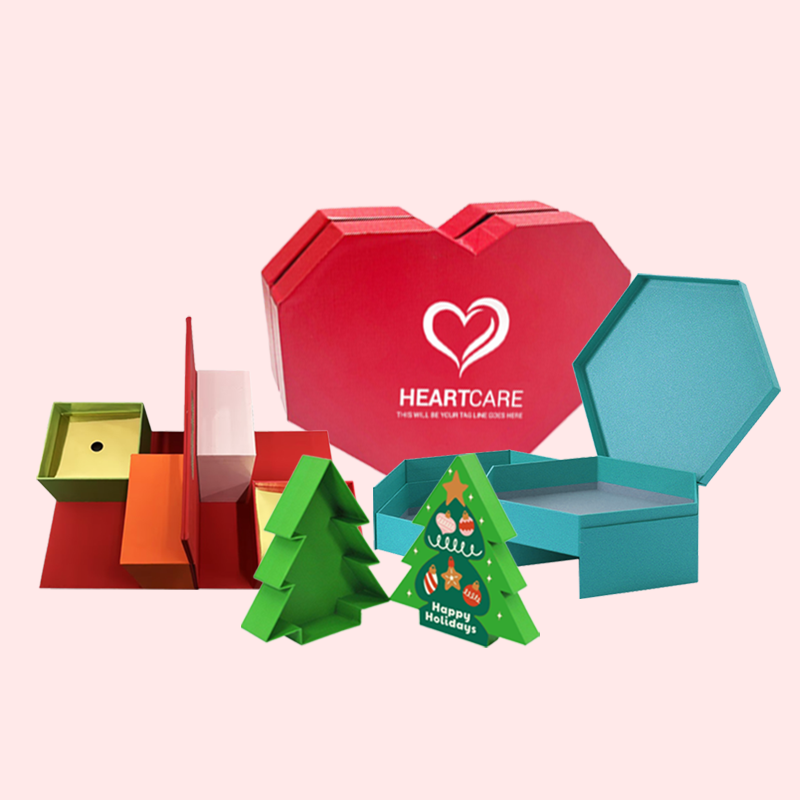Are you worried about a big investment in custom boxes that might not turn out right? This fear can lead to delays, but getting a sample kit first prevents costly mistakes.
Yes, you should always order a sample kit. It’s a vital step that lets you feel the materials, check the print quality, and test the structure. This ensures the final product meets your standards before you commit to a full production run.

I’ve been in the packaging industry for over 16 years, and I’ve seen the relief on a client's face when they hold a perfect sample in their hands. It turns an abstract idea into something real. It confirms that the money they are about to spend is a wise investment, not a gamble. But even before you get to that sample, a lot of thought has to go into the design itself. Getting the sample is the final check, but the real work starts much earlier. Let's break down what you need to consider to make sure that sample—and your final packaging—is a success.
What considerations should be made for your packaging design?
Your design looks great on screen, but will it work in the real world? A poor design can lead to damaged products, high shipping costs, or a bad customer experience.
When designing packaging, you must consider your product's specific needs, your brand identity, the customer's unboxing experience, your budget, and sustainability goals. A successful design perfectly balances all these elements to protect the product while also creating a memorable brand moment.
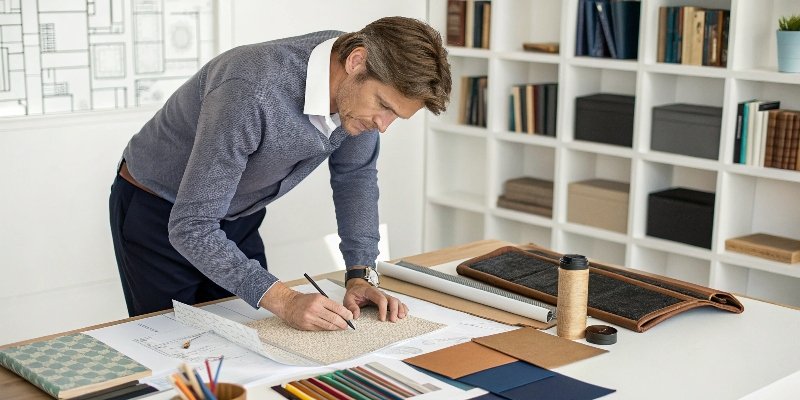
I often work with talented designers like Peter, who are experts at creating beautiful visuals. My job is to help connect that visual creativity with the physical realities of production and shipping. A great design has to be more than just pretty; it has to be smart. We break it down into a few key areas.
Balancing Protection and Appearance1
A beautiful box is useless if the product arrives broken. I remember one client who wanted a very sleek, minimal box for their delicate glassware. The first design was stunning but offered almost no protection. We worked together to engineer custom paper inserts that held the glass securely in place. The final result still looked clean and high-end, but now it was also functional. The design must always start with protecting what's inside.
The Unboxing Experience2
Think about the moment your customer receives the package. Is it a frustrating struggle to open, or a delightful reveal? This moment is a powerful part of your brand experience. Simple additions, like a well-placed tear strip or a branded ribbon pull3, can turn a simple box into something special. This is your chance to make a lasting impression.
Reflecting Your Brand Identity4
Your packaging is a physical piece of your brand. The colors you choose, the fonts you use, and the texture of the paper all send a message. If you are a luxury brand, you should use premium materials5 with a substantial feel. If you're an eco-conscious brand, using recycled materials6 and soy-based inks shows you live your values. Your packaging should feel like it comes from you.
What are the 6 requirements of packaging?
Do you feel overwhelmed by all the different jobs your packaging needs to do? Missing just one key requirement can cause your entire strategy to fail, costing you both money and customers.
The six core requirements of all packaging7 are containment, protection, security, information, utility, and promotion. Your package must hold the product, keep it safe, prevent tampering, provide key details, be easy to use, and attract customers. Every single box must accomplish these tasks.
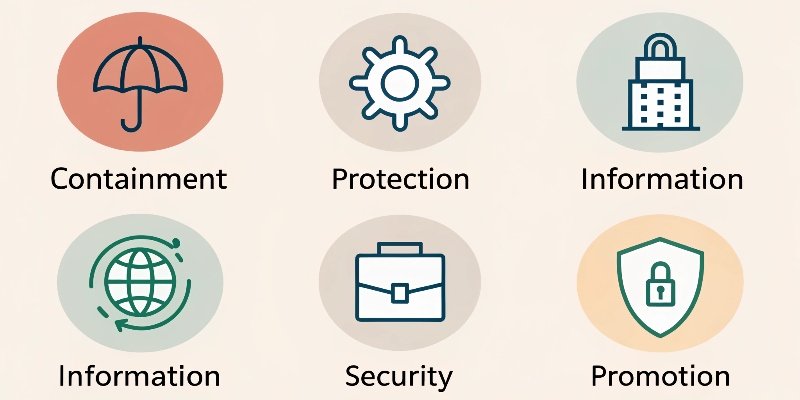
I always tell my clients that a box is a hardworking employee for their brand. It has a specific job description with six critical tasks. If it fails at any one of them, it’s not performing correctly. For instance, a beautifully designed box (promotion) that is difficult to open fails on utility. A secure box that doesn't adequately protect the contents fails at its most fundamental duty. I’ve seen companies invest a fortune in promotion but neglect containment; their product would rattle around inside and arrive damaged. We had to go back and engineer a better internal structure8. Thinking through these six points ensures you have a complete solution, not just a pretty shell.
| Requirement | My Explanation |
|---|---|
| Containment | This is the most basic function. The package must simply hold the product so it doesn't fall out or get lost. |
| Protection | It must shield the product from bumps, drops, moisture, and other hazards during shipping and handling. |
| Security | The package should show if it has been opened or tampered with. Safety seals are a common example of this. |
| Information | It must clearly communicate what the product is, how to use it, necessary warnings, and brand messaging. |
| Utility | The customer must find the package easy to carry, open, and dispose of. For some products, it may even be reusable. |
| Promotion | It acts as a "silent salesperson" on the shelf or on the doorstep, using its design to attract attention. |
What consideration does the company take when deciding on packaging to use for their customers?
You have a fantastic product, but how do you choose the right packaging for your customers? Making the wrong choice can make your product feel out of place and fail to connect.
A company must deeply consider its target customer's demographics, values, and lifestyle. This includes their age, income, environmental views, and where they shop. The final packaging has to align with what they expect, whether that is luxury, sustainability, or pure convenience.
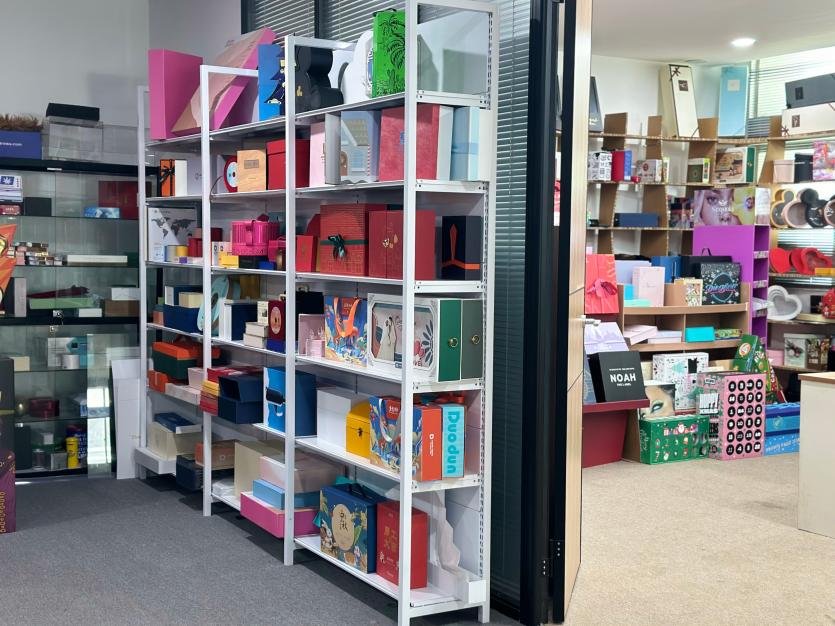
After so many years in this business, this is where I see brands truly succeed or fail. It’s not just about what the company wants; it’s about what the customer will respond to. You have to see the packaging through their eyes. A designer like Peter needs this insight to create something that doesn't just look good but also connects with the intended audience.
Customer Demographics and Lifestyle9
Are you selling to a 25-year-old who lives on their phone or a 60-year-old who values traditional quality? The younger customer might love a QR code that launches an augmented reality experience. The older customer might just want clear, easy-to-read instructions. If your customer is a busy parent, they will value packaging that is simple and quick to open.
Customer Values10
Today, sustainability is a huge factor. If your customers are environmentally conscious, using excessive plastic is a major mistake. I worked with a skincare brand targeting millennials. We moved their packaging to FSC-certified paper and used vegetable-based inks. They promoted this on their website and the box itself. It became a huge selling point because it showed they shared their customers' values.
The Shopping Environment11
You also have to consider where the customer will first see your package. If it’s on a crowded store shelf, it needs a bold design to stand out. If it’s an e-commerce product delivered to their home, the unboxing experience is everything. The design needs to be exciting to open and durable enough to survive shipping.
Who needs custom packaging12?
Are you wondering if a standard stock box is "good enough" for your business? Using generic packaging can make your brand seem forgettable and may not even protect your product properly.
Any business that wants to build a strong brand, create a memorable customer experience, or needs specific product protection requires custom packaging12. This is especially true for e-commerce stores, luxury goods, subscription boxes, and companies with fragile or oddly shaped items.
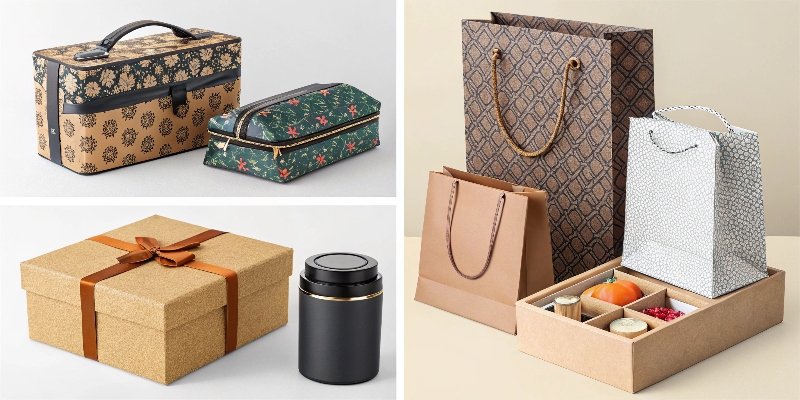
From my perspective, any business that is serious about growth will eventually need custom packaging12. Stock boxes are a practical place to start, but they are a temporary solution. To build a real brand, you need packaging that is uniquely yours.
E-commerce and Subscription Brands13
For any business that sells online, your package is the first physical thing your customer touches. It's your chance to make a great first impression. A plain brown box is a missed opportunity. A custom-printed box reinforces the customer's decision to buy from you and makes the experience feel more special. It's your brand's ambassador right on their doorstep.
Products with Unique Needs14
If your product is an unusual shape, extra heavy, or very fragile, a standard box simply won't do the job. You'll risk high rates of damaged goods and unhappy customers. I recently helped a client who sells handmade pottery. A generic box was not an option. We designed a custom box with a perfectly fitted insert that cradled the pottery. This simple change nearly eliminated their shipping damage.
Any Brand Building an Identity15
If you want customers to see your brand as premium, creative, or trustworthy, you cannot use the same box as a million other companies. Your packaging tells your brand's story before the customer even opens it. It communicates a level of quality and attention to detail. It is a direct investment in how people perceive your brand.
Conclusion
In short, ordering a sample kit is your critical final quality check16. Before that, true success comes from designing packaging that protects, promotes, and perfectly reflects your brand and customer.
-
Explore this resource to learn how to create packaging that is both visually appealing and protective. ↩
-
Discover tips to make the unboxing experience memorable and engaging for your customers. ↩
-
Find innovative ideas to make your packaging stand out and delight customers. ↩
-
Learn how to align your packaging design with your brand identity for better customer connection. ↩
-
Learn how premium materials can elevate your packaging and brand perception. ↩
-
Discover the advantages of eco-friendly packaging and its impact on customer loyalty. ↩
-
Understand the essential requirements for packaging to ensure it meets all necessary functions. ↩
-
Learn techniques to enhance the internal structure of packaging for better product protection. ↩
-
Find insights on tailoring your packaging to meet the needs of different customer demographics. ↩
-
Explore the significance of sustainability in packaging and how it affects customer perception. ↩
-
Learn how to design packaging that stands out in various shopping environments. ↩
-
Discover how custom packaging can enhance your brand and customer experience. ↩ ↩ ↩
-
Get tips on creating packaging that enhances the customer experience for online sales. ↩
-
Learn how to select the right packaging for fragile or oddly shaped products. ↩
-
Understand the role of packaging in establishing and communicating your brand identity. ↩
-
Explore why conducting a quality check is crucial for successful packaging. ↩


